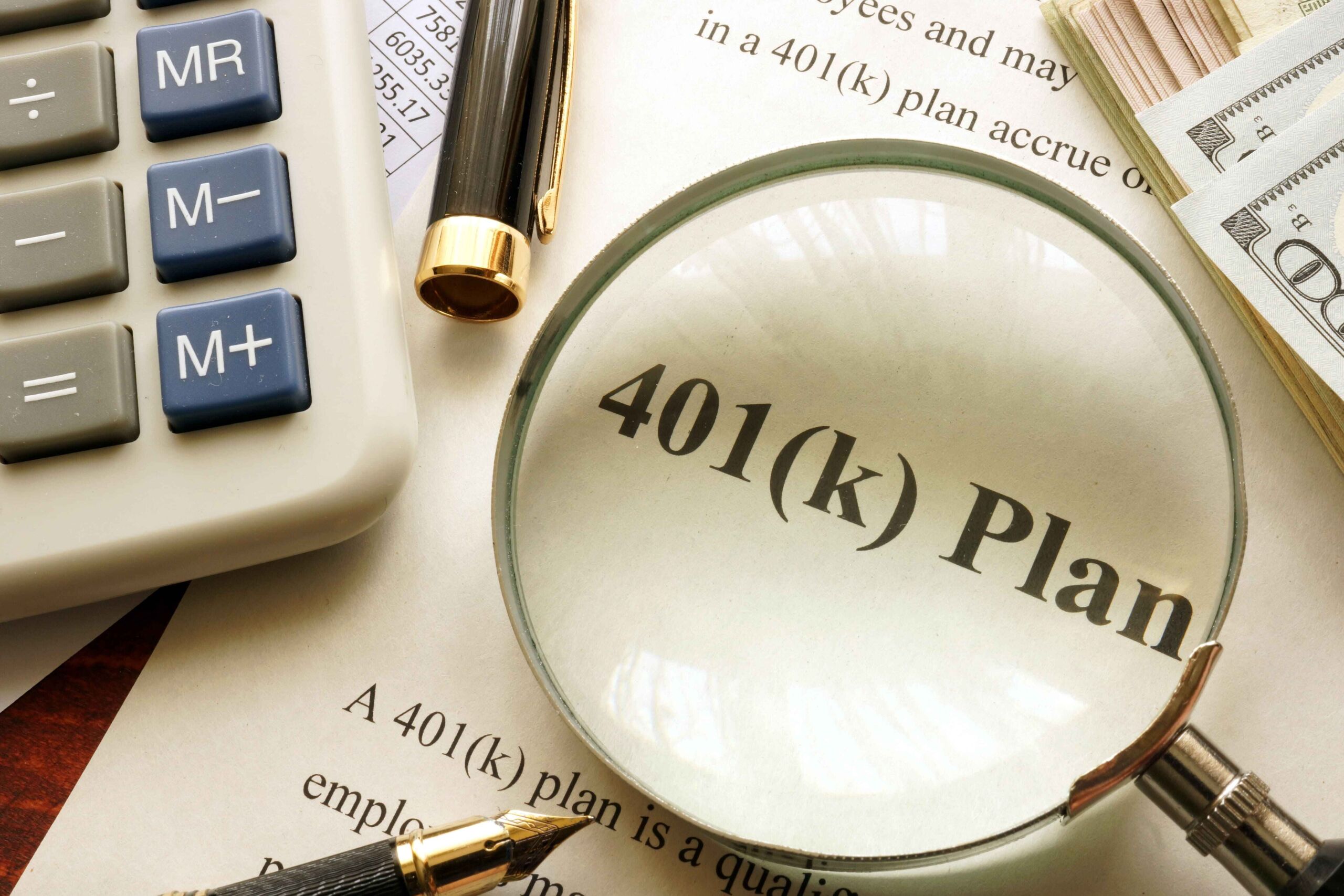Transcript
When property values skyrocket, what happens to property taxes?
Property taxes are the main source of revenue for local governments, funding taxpayer services like roads, schools, and fire departments.
But when property values soar, homeowners can end up paying significantly higher taxes for basically the same services.
This is why most states have limits on property tax increases, but not all limits are created equal.
Assessment limits put an artificial cap on how much the assessed value of a home can go up each year, and typically reset when a home is sold, transferred, or renovated.
They help keep taxes low for long-time homeowners but also have unintended consequences.
Imagine two identical houses on the same street in a popular neighborhood. The city has a 2 percent assessment limit.
One house has had the same owner for 10 years, with modest tax increases.
The other was recently sold and reassessed at market value, leaving the new owner with a much higher tax bill for the same house.
Assessment limits result in unequal tax burdens that hurt younger and lower-income home buyers, and discourage selling or improving houses, or building new ones.
What’s the alternative? Levy limits.
A levy limit puts a cap on how much the local government can increase property tax revenue from existing properties each year.
If a city has a 2 percent levy limit and they collected $10 million in property tax revenue last year, they could only increase collections from those existing properties to $10.2 million this year. New construction, which creates new expenses, is outside the cap.
If soaring property values mean collections will exceed the limit, the government must lower the tax rate to prevent the overage, keeping tax bills in check.
These limits are also subject to voter override if the government needs more revenue.
Levy limits still protect against unlegislated tax increases, while keeping tax burdens better aligned with property values, and they don’t penalize improving or selling property.
Levy limits are the most neutral and effective way to limit property tax increases.


























